Take the Africa Express. Ouidah.
Deep red earth and lush green vegetation: the road to Ouidah, an hour or so out of Cotonou, Benin, takes you past the most incredible colours.

 In the historical city of Ouidah, the power of nature mingles with the tragedies of modern history and the resilience of the sacred.
In the historical city of Ouidah, the power of nature mingles with the tragedies of modern history and the resilience of the sacred.

 We at Modern Moves know about the sacredness of pythons. I have devoured, from cover to cover, many times over, Katherine Dunham’s account of her complex relationship with Damballa, serpent god, which first started during her fieldwork in Haiti. In Ouidah, I saw the same coiled and terrifying beauty, the same egg yolk stains proclaiming sacrifice and offerings.
We at Modern Moves know about the sacredness of pythons. I have devoured, from cover to cover, many times over, Katherine Dunham’s account of her complex relationship with Damballa, serpent god, which first started during her fieldwork in Haiti. In Ouidah, I saw the same coiled and terrifying beauty, the same egg yolk stains proclaiming sacrifice and offerings.
Our tour companions from Nigeria and Ghana were both drawn to and terrified by the pythons. I have not heard a grown man scream so loudly as when the python was draped around one of their necks, and yet– he did not reject it! The python, coiled around his reluctant yet eager neck, radiated the uncanny presence of mystery in the midst of deep historical rupture.
The journey through the Route of Slaves, through the heart of contemporary Africa, had begun for our group of dancers, visiting Cotonou as part of the Benin International Salsa Festival.
TREES: OF MEMORY, FORGETTING, AND RETURN
Trees: the tree under which future slaves were paraded to be sold; the Tree of Forgetting, and the Tree of Return. These are now part of the structured journey of memorialisation that has been created by the postcolonial State of Benin in reparation for the complicity of the Kingdom of Dahomey in the transformation of human beings into commodities.
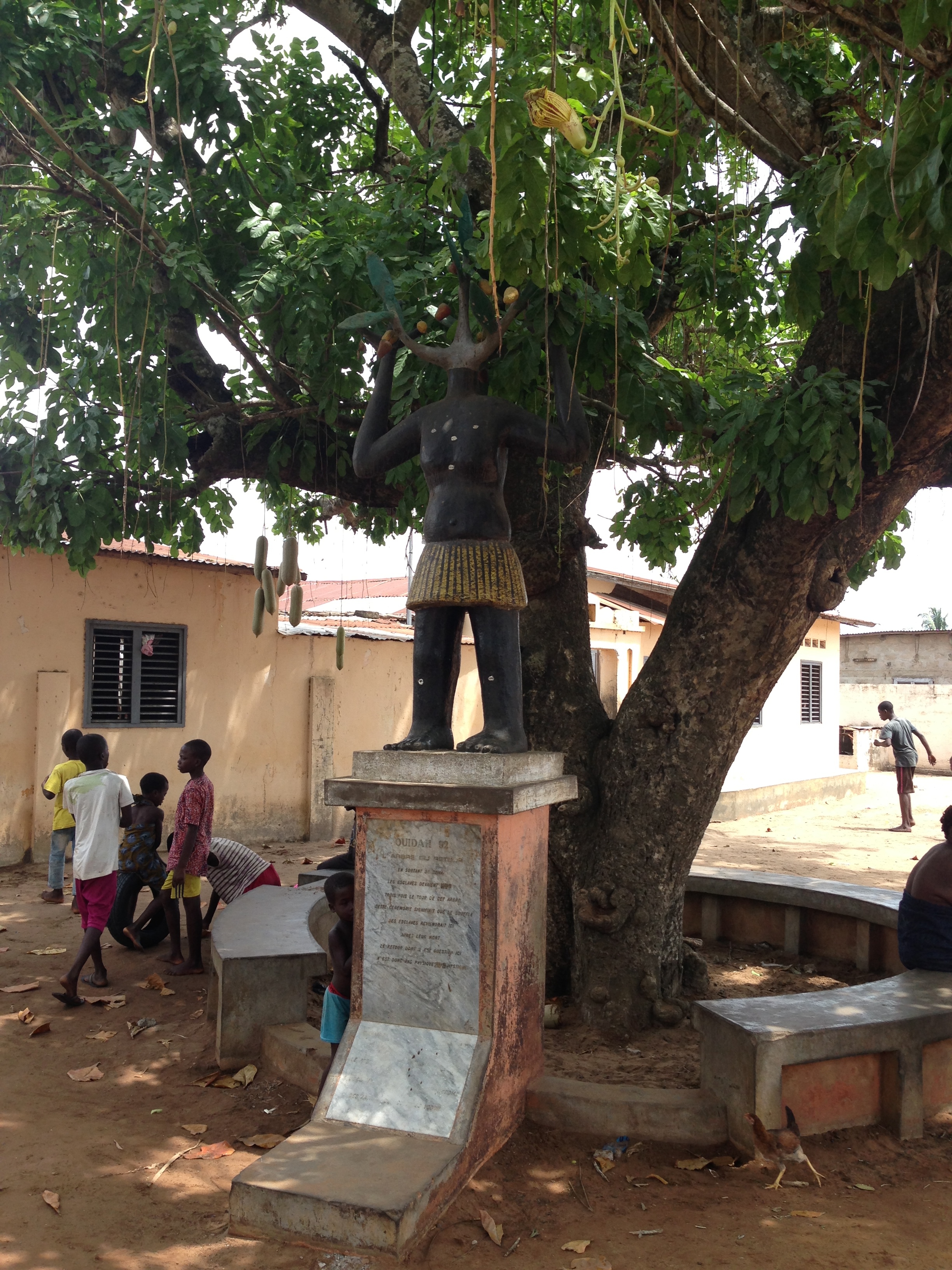 The lieux de memoire combine mercantile and sacred dimensions. Can the sacred ever come to us unmediated in modernity?
The lieux de memoire combine mercantile and sacred dimensions. Can the sacred ever come to us unmediated in modernity?

 The sacred can confront and defeat banalisation. Of this I am convinced, as we drive past statues whose obviously recent vintage does nothing to diminish their strange and disquieting power.
The sacred can confront and defeat banalisation. Of this I am convinced, as we drive past statues whose obviously recent vintage does nothing to diminish their strange and disquieting power.
Perhaps this strangeness is merely a product of the distance between the belief systems they belong to, and what I know. But having grown up India, I am comfortable with the idea of syncretism, of the mingling of one God and many gods, of many possible manifestations of the sacred. I am a believer and an atheist, a lover and a sceptic. What I respond to in Ouidah is an accretion of strange sacrality, the confusions of modernity, and the power of the human imagination to contort, distort, resist, and reclaim.
This is the same aesthetic that is so powerfully present in Haiti. In the car the radio bombards us with a combination of African salsa and zouk, including retro zouk numbers that clearly sound out the debt to Haitian kompa. In the haze of monumentalisation, a fresco-ed wall flashes past us. I read the magic words ‘Bois Cayman’. Stop! I implore. This petite escale is not part of the tour we have paid for. But the guide recognises the urgency in my voice. ‘Why did you want to stop here? What is Bois Cayman to you’? I look at him in amazement. ‘are you joking? This monument recognises the most important moment in the history of slave rebellion in the Americas and we are not stopping here?’ We are now complicit spirits.
We walk around the Memorial Zomachi. Panels on the walls depict in painful detail the departure of the slaves, their captivity, their degradation, and their rebellion in Haiti, the world’s first Black Republic. We enter through the gate, but the panelled walls enclose only nothingness.
INTERMISSION: ‘BLACK C’EST LE SWAG’
The void asks us to meditate, to commemorate, to reflect. This is also what the State asks us to do. But the void’s request is easier to heed.
…. for some of us.
My companions are busy posing. Their postures are those of hip hop, of swag, of attitude- new incarnations of Black Power. They have come on this tour to discover a shared history, they tell me. What kind of discovery involves noisy, even celebratory posturing? Then it strikes me: theirs is an act of collective reparation in and through the body.
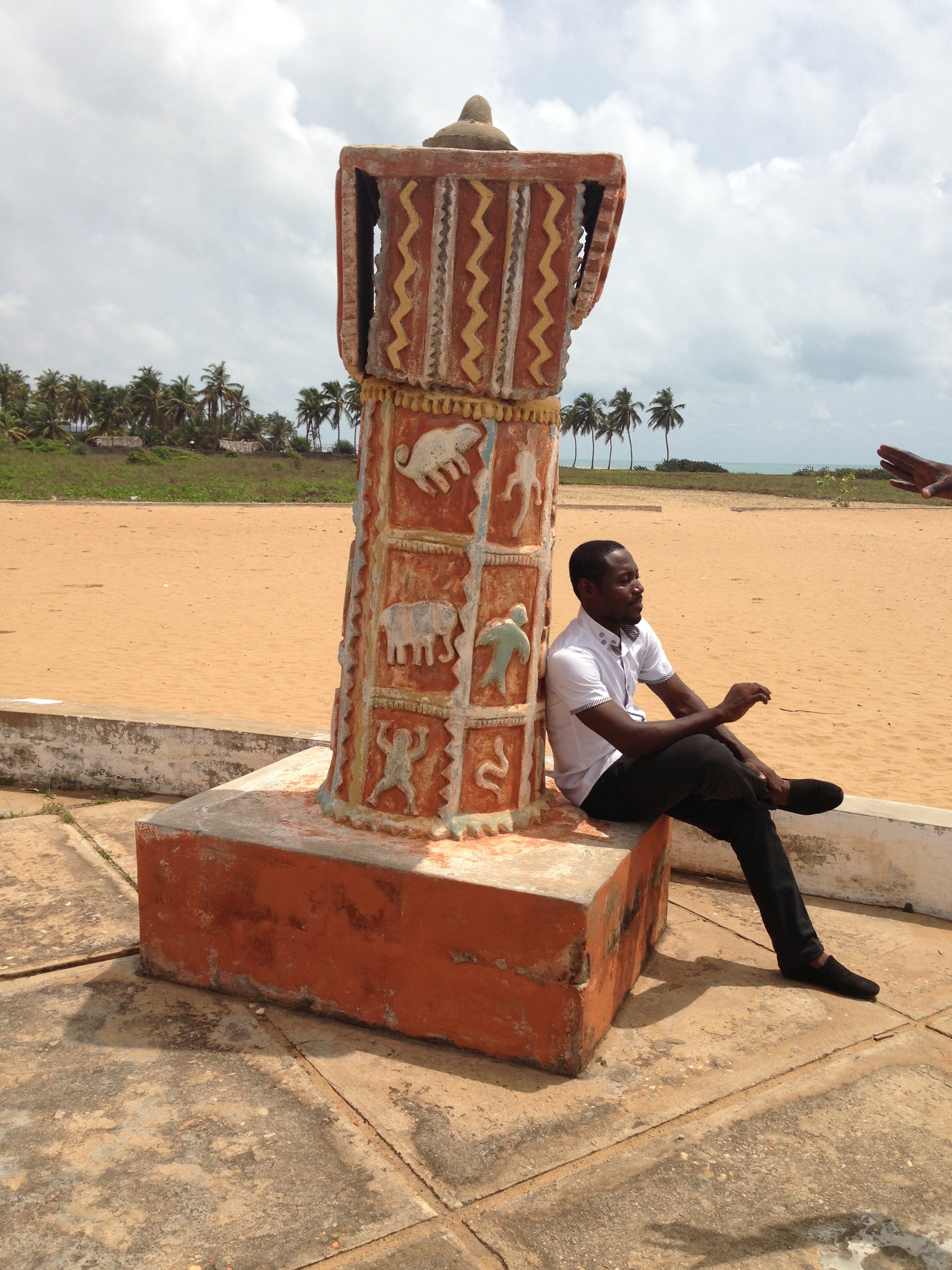 Melancholia comes in many colours. What we feel in response to a history that we did not shape but yet feel as ours can require words that are beyond European lexicons. As postcolonial subjects we feel the European words in our mouths and reshape them with our tongues . Our bodies play out different affective trails. Memory is physical, its burden lightened through laughter, through movement. Through posture. Through swag.
Melancholia comes in many colours. What we feel in response to a history that we did not shape but yet feel as ours can require words that are beyond European lexicons. As postcolonial subjects we feel the European words in our mouths and reshape them with our tongues . Our bodies play out different affective trails. Memory is physical, its burden lightened through laughter, through movement. Through posture. Through swag.
Beyond the sepulchral, monumental, cavernous lieux de mémoire (sites of memory) of French metropolitan historians, can we not posit the possibility of ‘mouvements de mémoire’ (movements of memory)?
(Salsa: when this dance of the African diaspora returns to Africa, it is precisely the movements (in multiple senses) of memory that take place).
The void elicits from us our own methods of commemoration .
THE MERMAID CALLS
Portals: The Door of No Return. A vast number of Africans left the shores of Dahomey for the plantations of the Americas. The final monument in Ouidah that we are led to is, fittingly, the Door of No Return.
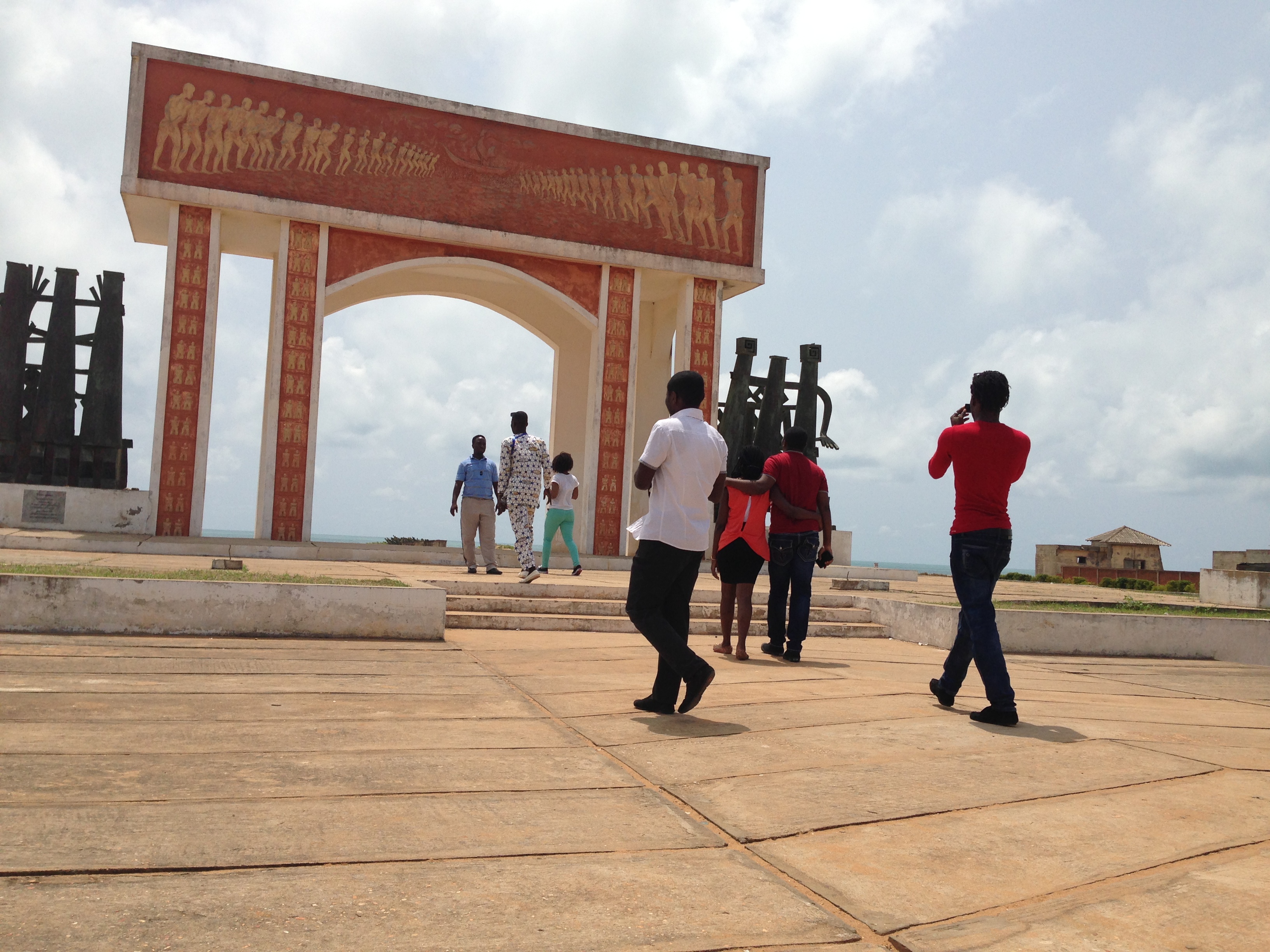 I note the now-familiar routine. The guide intones the horrors of the slave trade. The visitors strike their poses. Elina and I wander around, taking pictures. The sand is hot beneath our feet. The sea is out there- it seems close, but the sand is far too hot to walk to the water.
I note the now-familiar routine. The guide intones the horrors of the slave trade. The visitors strike their poses. Elina and I wander around, taking pictures. The sand is hot beneath our feet. The sea is out there- it seems close, but the sand is far too hot to walk to the water.
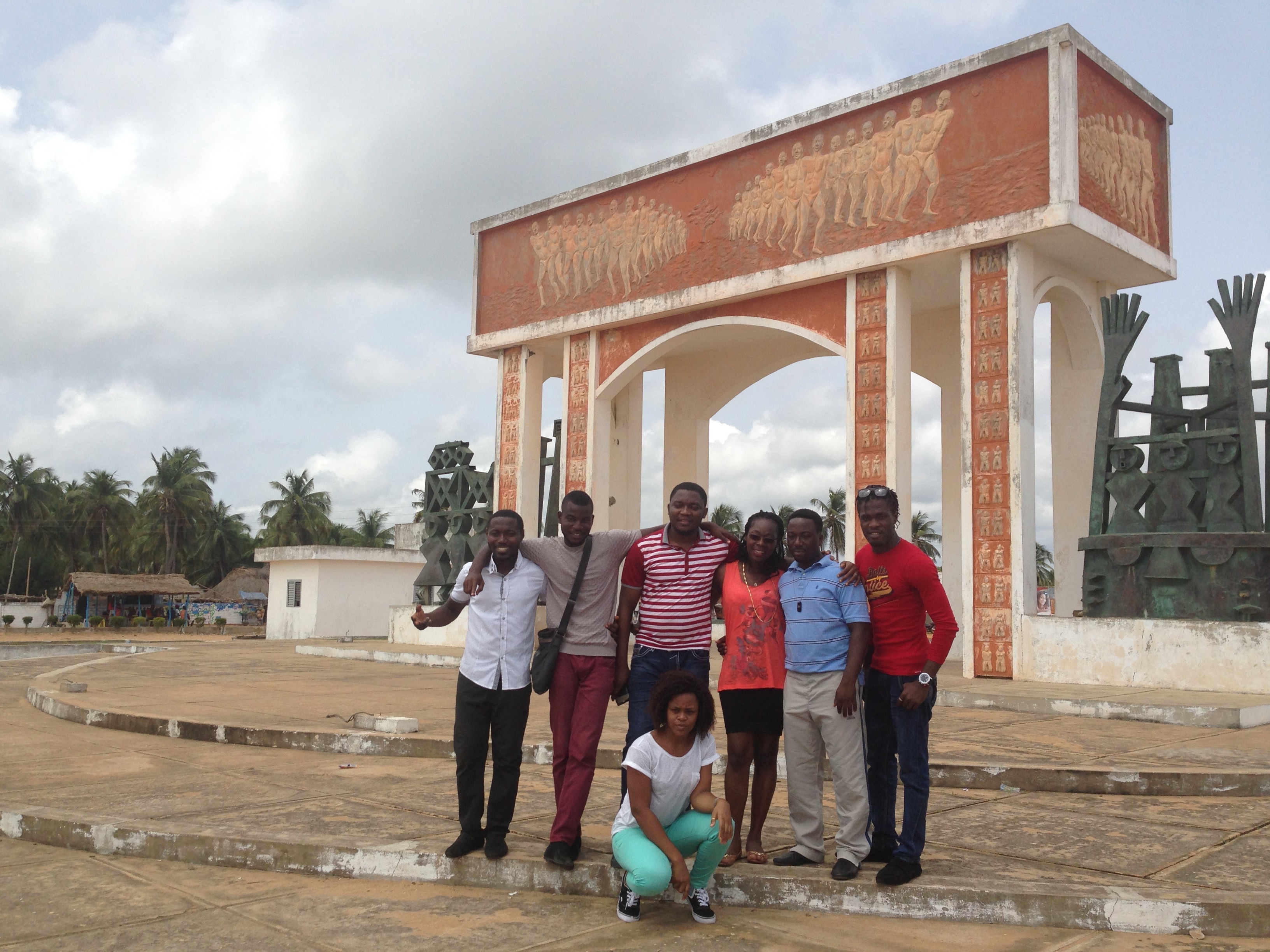 The guide is talking about Mami Wata. She is the water goddess. I say, in the Brazilian way, ‘Iemanja’. He spins around. Once again, he is surprised by me. ‘How do you know of her? Where are you from?’ I’m just an Indian woman who lives in the world and loves to know about everything. Oh and I dance. And like to think through dance.
The guide is talking about Mami Wata. She is the water goddess. I say, in the Brazilian way, ‘Iemanja’. He spins around. Once again, he is surprised by me. ‘How do you know of her? Where are you from?’ I’m just an Indian woman who lives in the world and loves to know about everything. Oh and I dance. And like to think through dance.
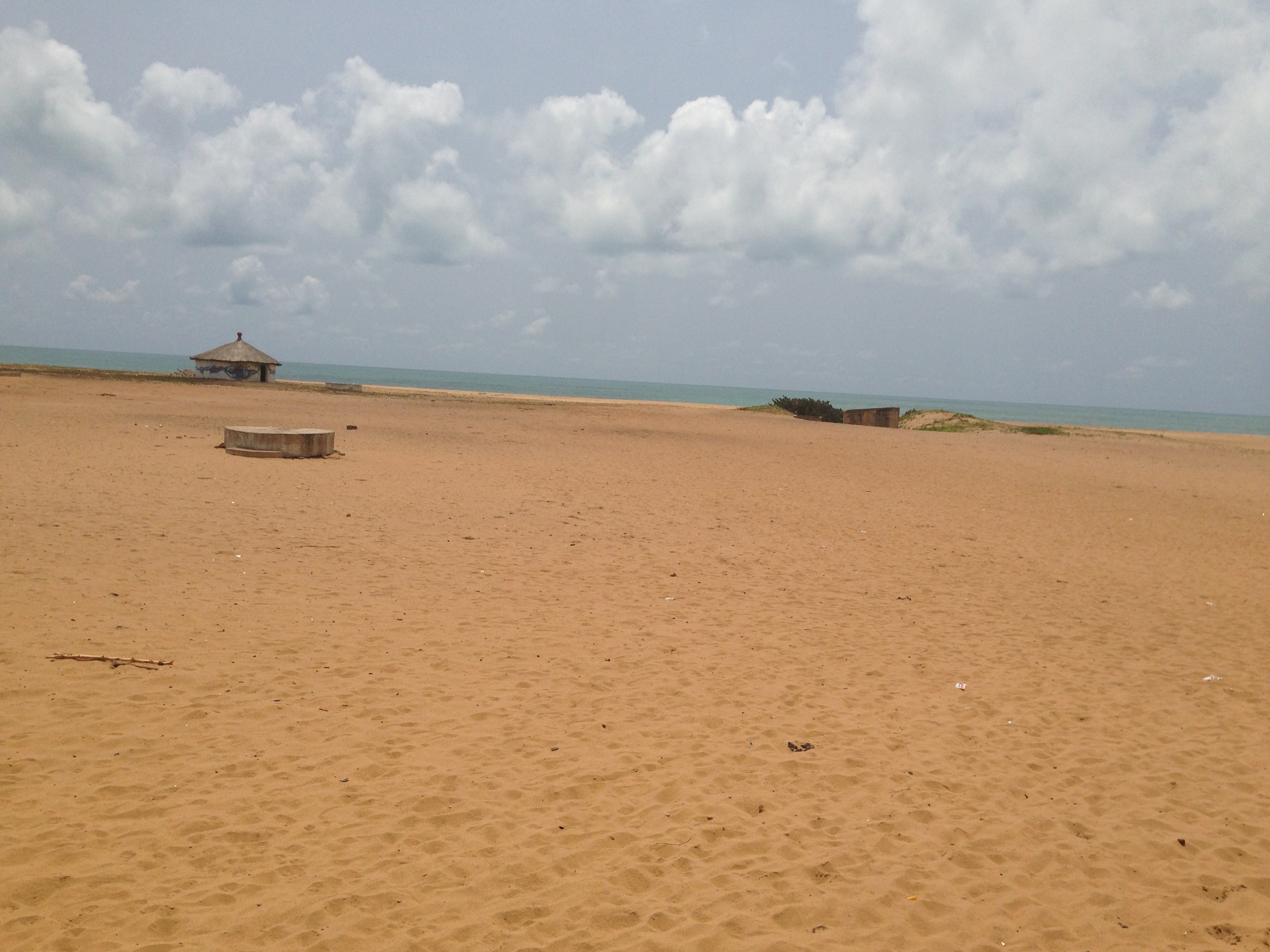 We stand by the shore. I hear the guide describe the mode of worship appropriate to Mami Wata. ‘Are there temples to Mami Wata here?’ I ask. He peers into my face and his voice drops. ‘She doesn’t need temples. She is here, she is everywhere.’
We stand by the shore. I hear the guide describe the mode of worship appropriate to Mami Wata. ‘Are there temples to Mami Wata here?’ I ask. He peers into my face and his voice drops. ‘She doesn’t need temples. She is here, she is everywhere.’
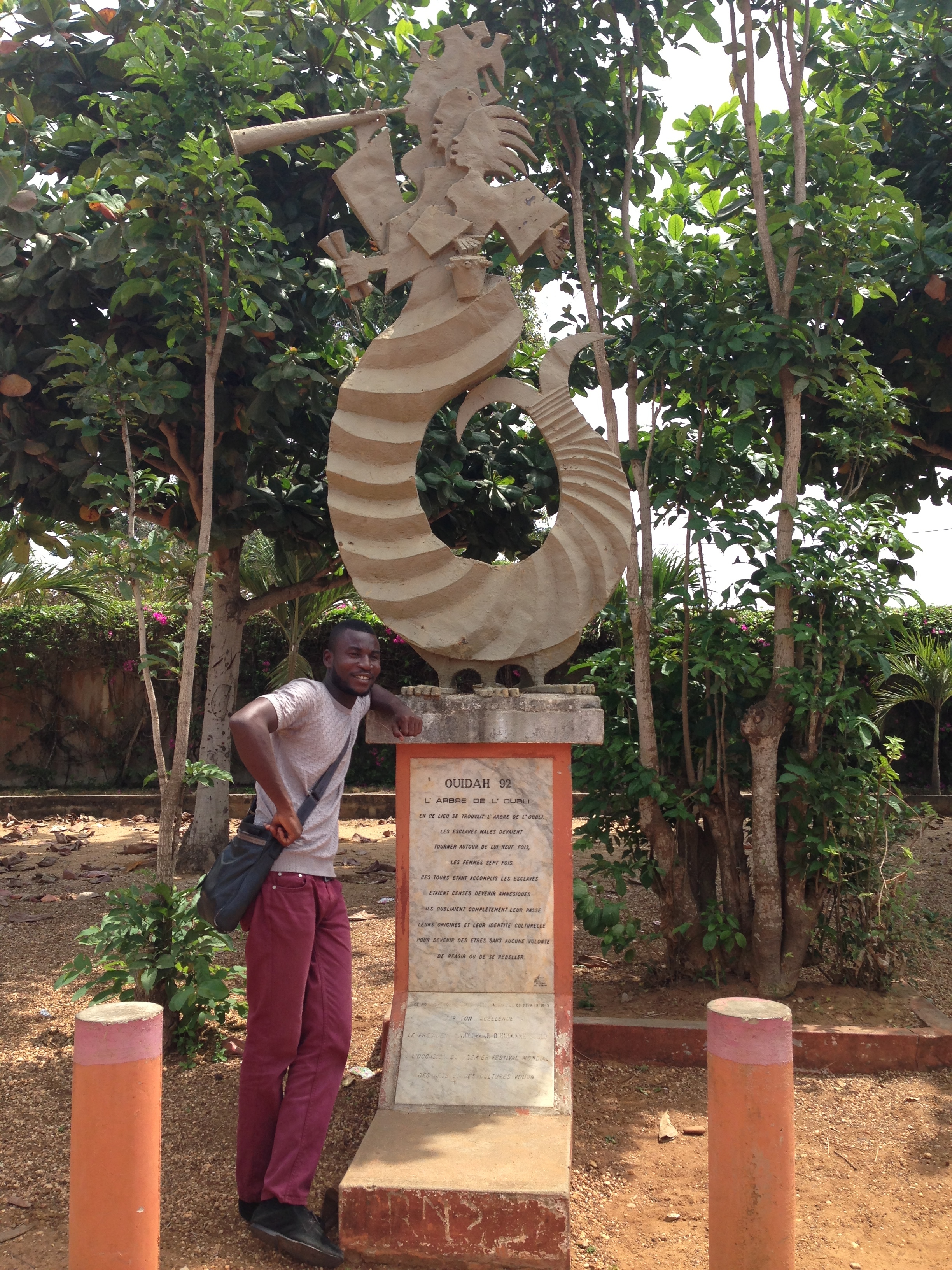 My own voice drops in synchronicity. I feel we must speak low. ‘Do you see her then?’ The guide looks at me. ‘I sense her presence everywhere. At night, I see her here, on the beach. She is a mermaid…. she has no legs, just the body of a fish….’ Then…. ‘she is like you.’
My own voice drops in synchronicity. I feel we must speak low. ‘Do you see her then?’ The guide looks at me. ‘I sense her presence everywhere. At night, I see her here, on the beach. She is a mermaid…. she has no legs, just the body of a fish….’ Then…. ‘she is like you.’
I am no mermaid. Perhaps I am more J. Alfred Prufrock:
‘I have heard the mermaids singing, each to each.
I do not think that they will sing to me.’
Prufrock has ‘seen them riding seaward on the waves/ Combing the white hair of the waves blown back/ When the wind blows the water white and black.’ Trapped in the modern dichotomy between reason and enchantment, he (or possibly the poet himself here) declares, sadly, ‘We have lingered in the chambers of the sea/ By sea-girls wreathed with seaweed red and brown/ Till human voices wake us, and we drown.’
In Ouidah, however, we linger (unable to stop taking photographs), touched by some secret knowledge of the sacred that still persists on that sea shore– on the other side of which so many thousands woke up to be drowned- but also survived through the persistence of cultural resources.
Africa shows the way. Ex Africa aliquid semper novi.
All photographs by Ananya Kabir.
Thank you Elina Djebbari for being such a perfect travel companion, Thank you, Ines Ahouansou and Steve Deogratias Lokonon, organisers of the Benin International Salsa Festival, for arranging this memorable visit to Ouidah.


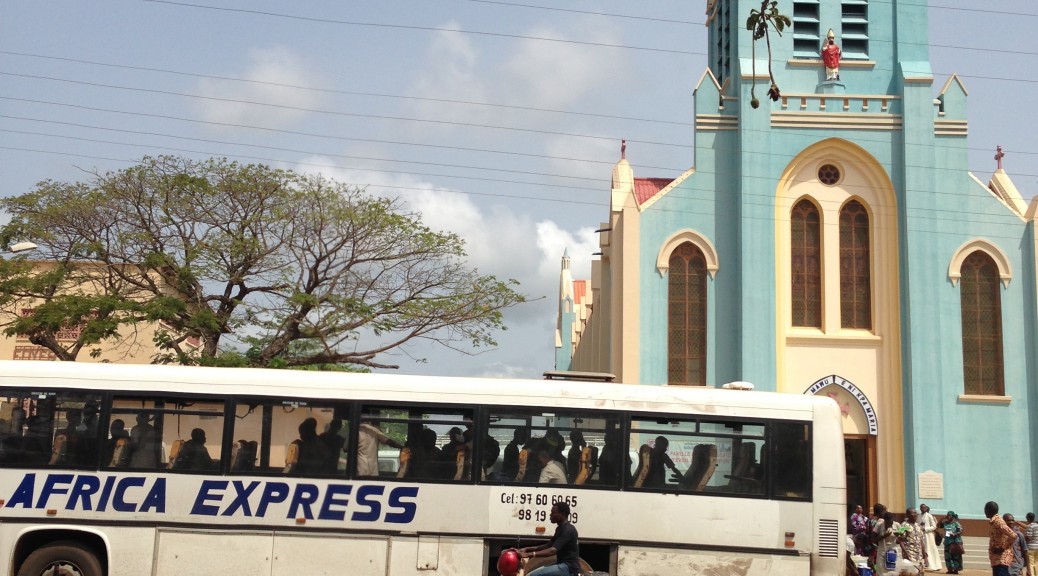




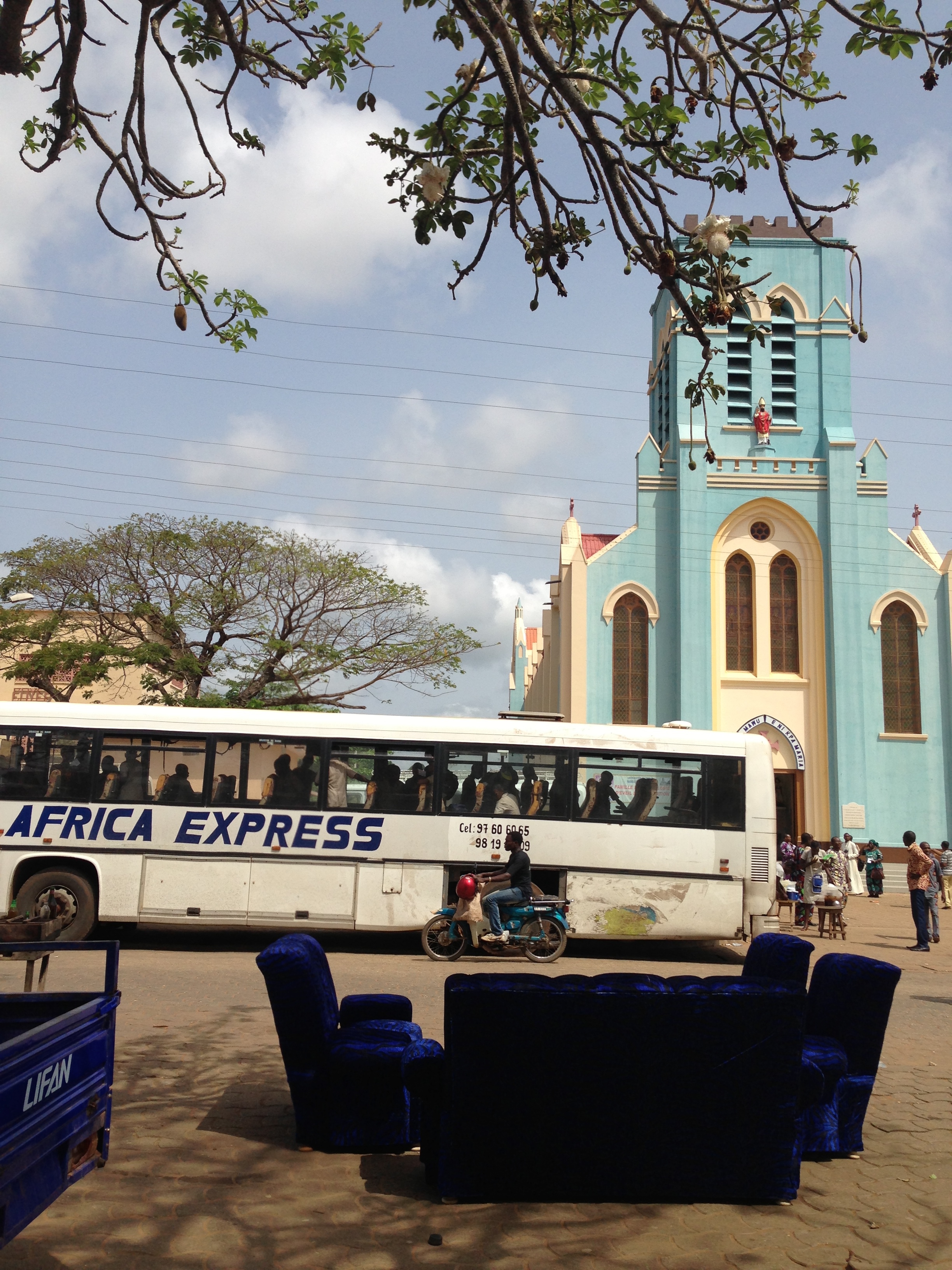
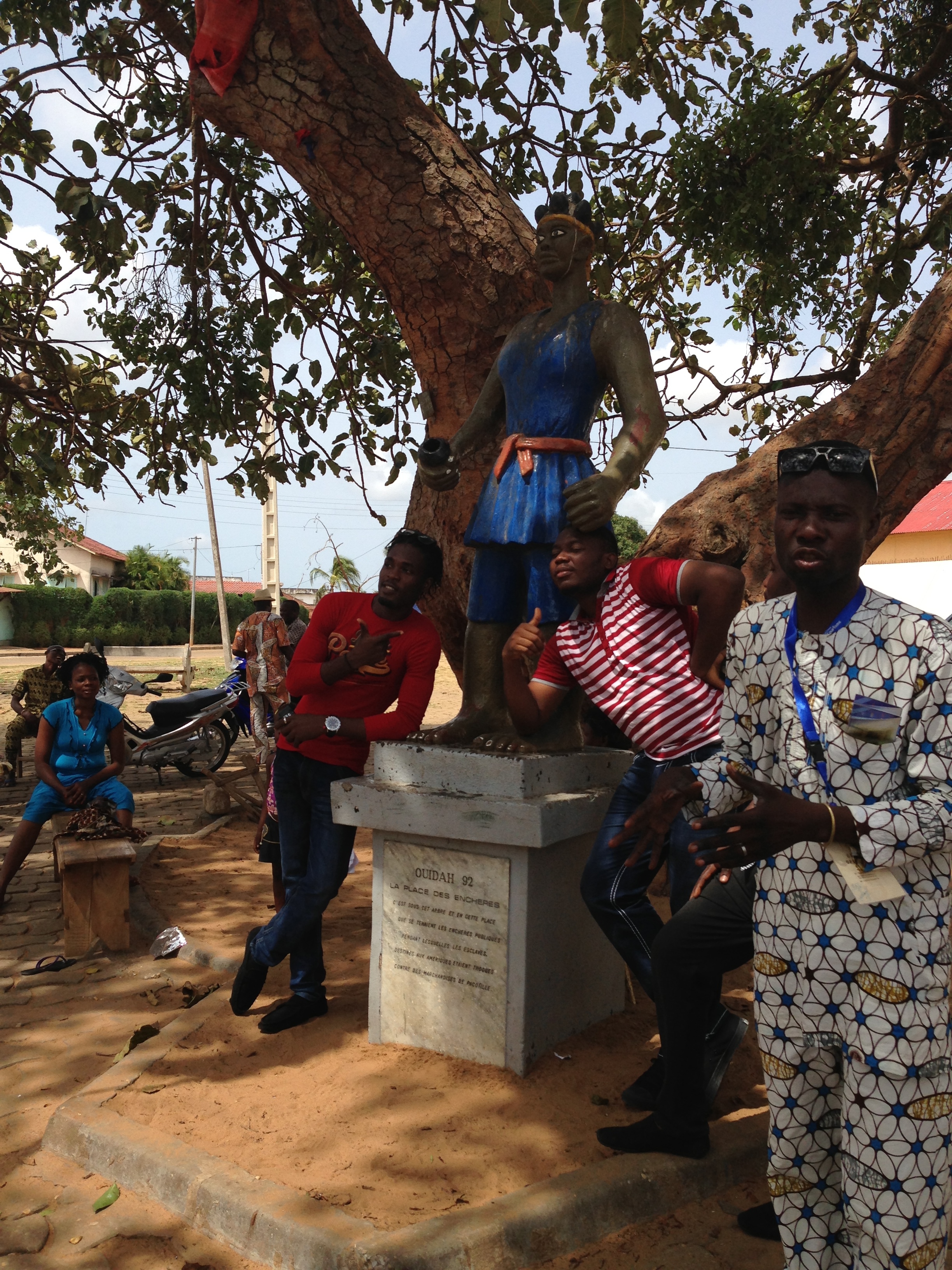
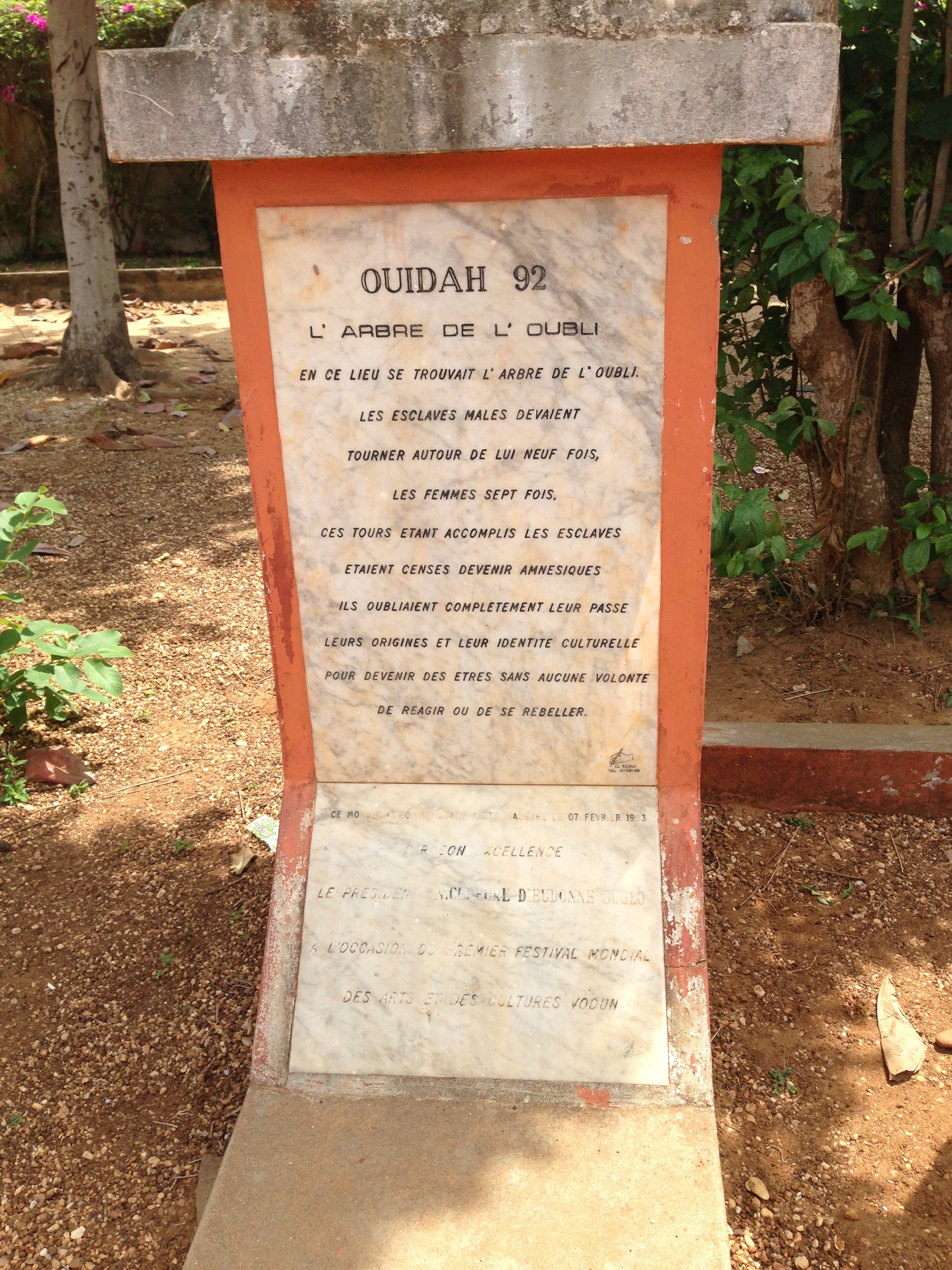


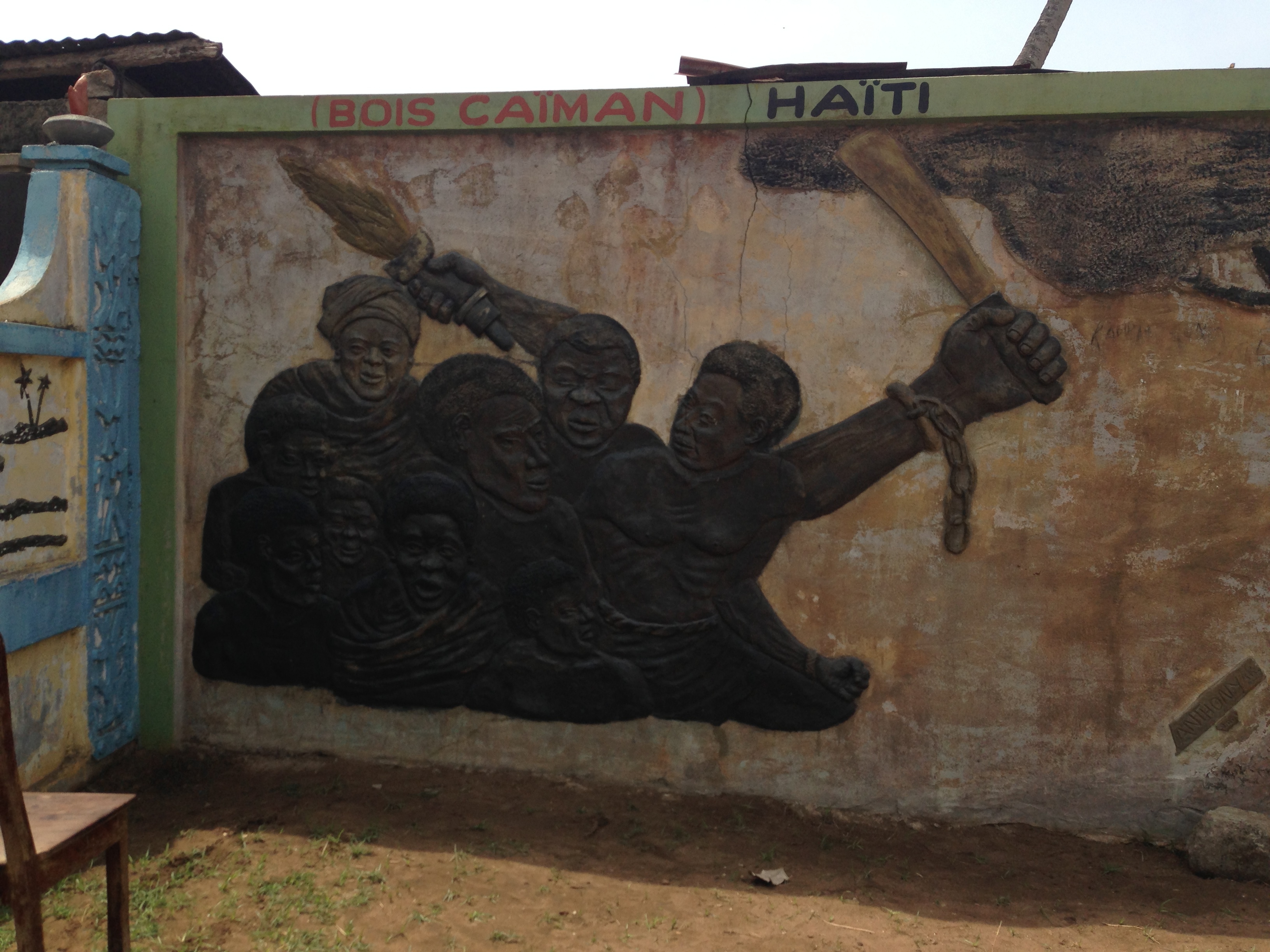


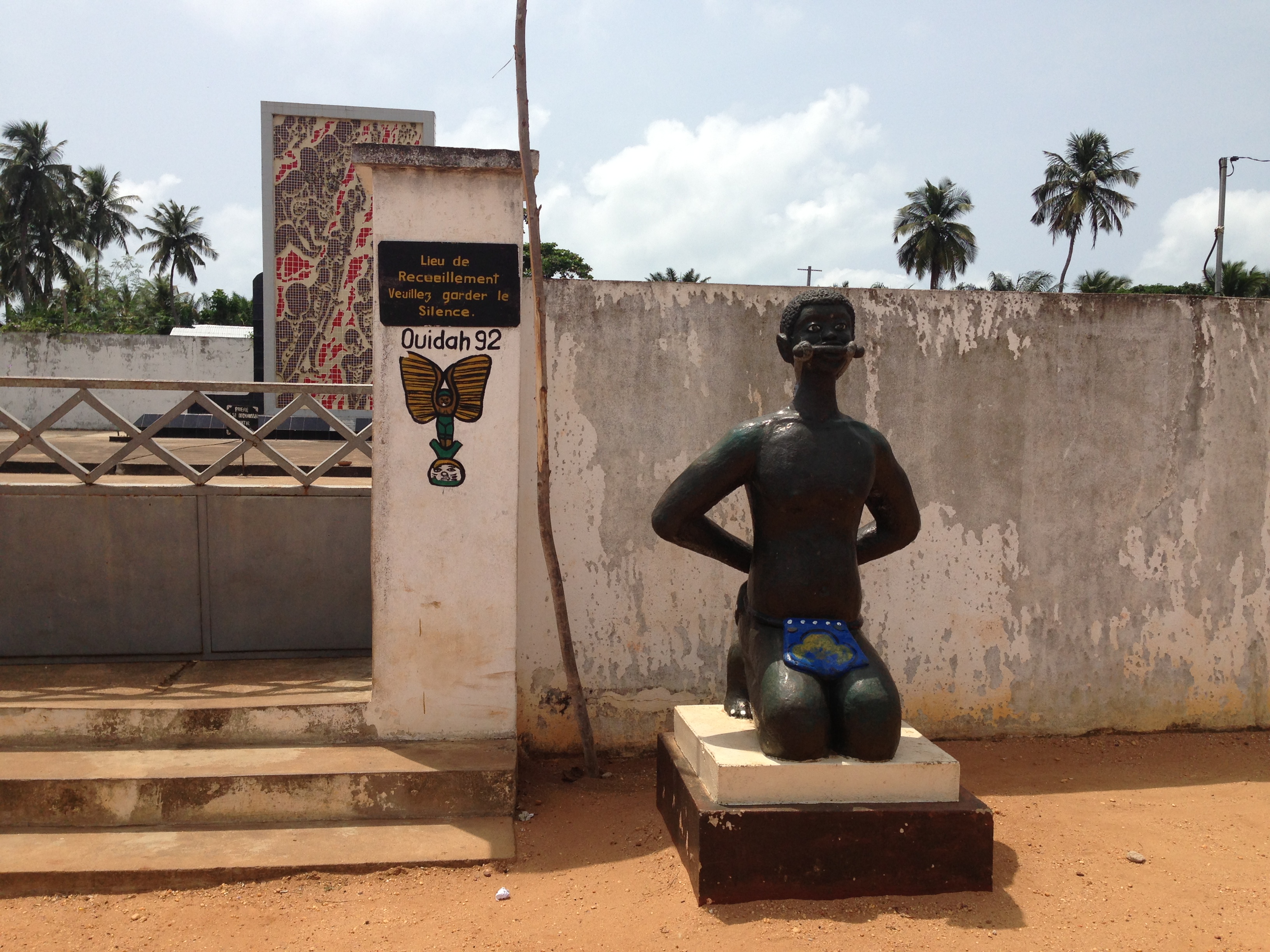
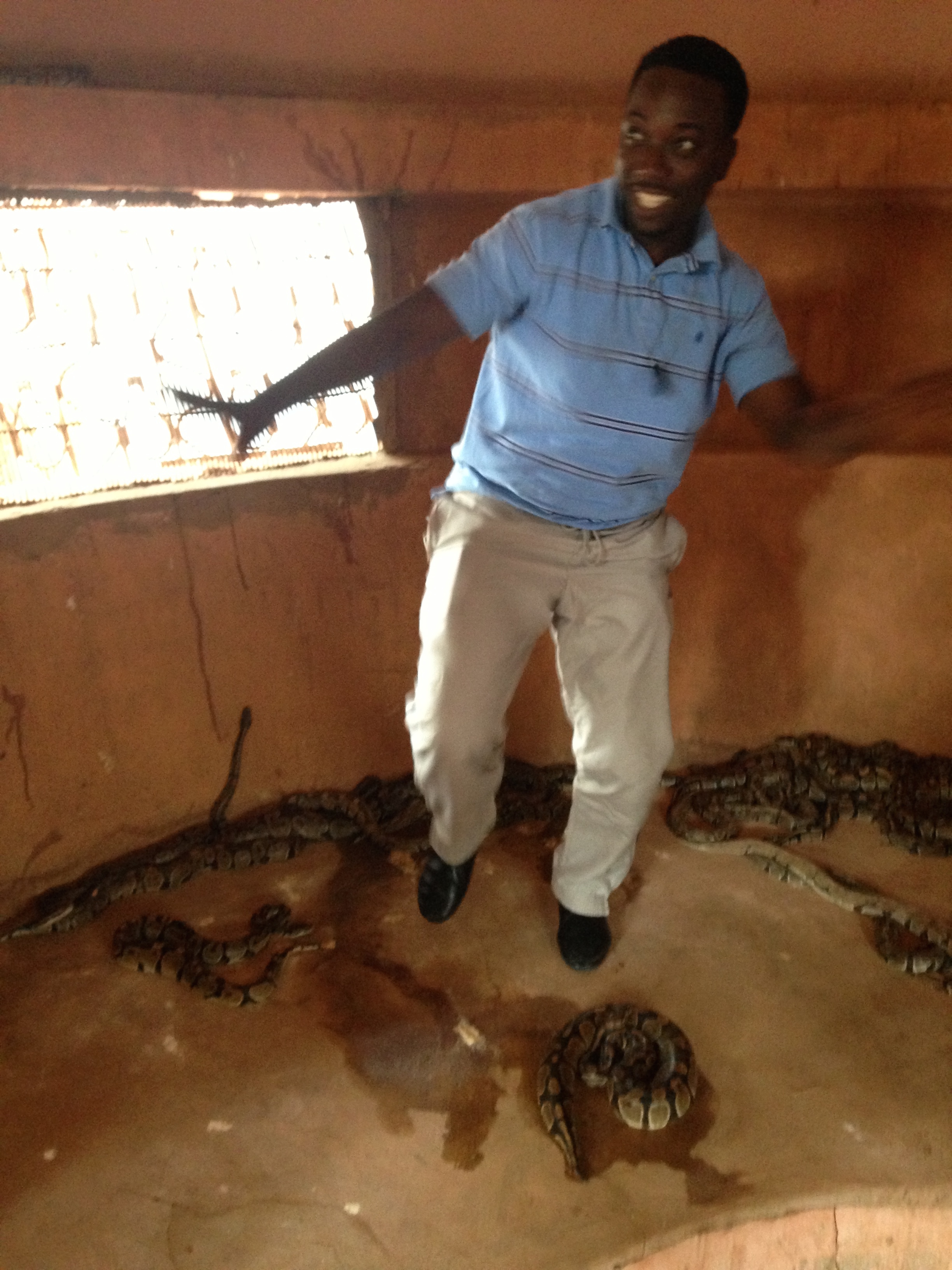

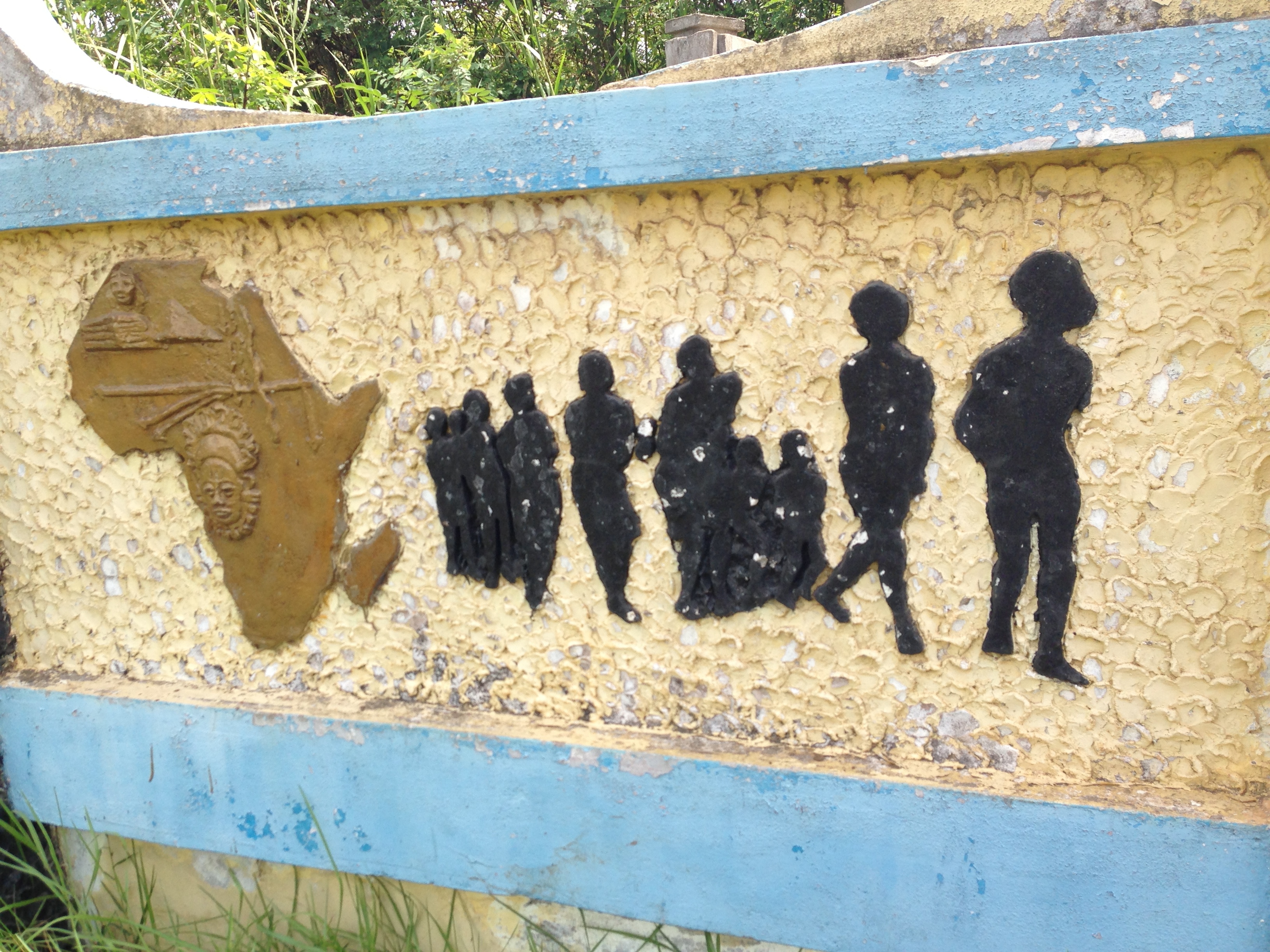

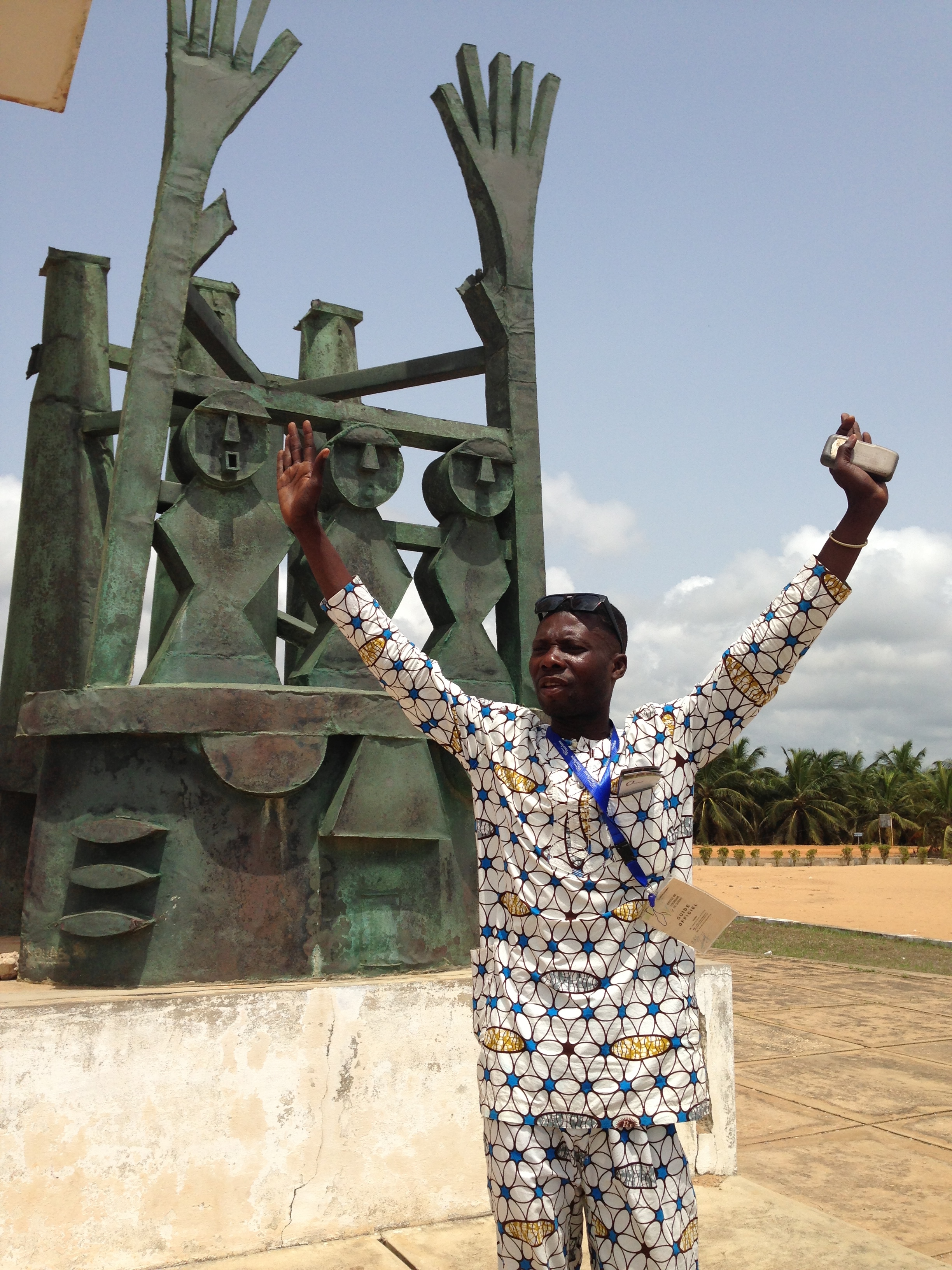
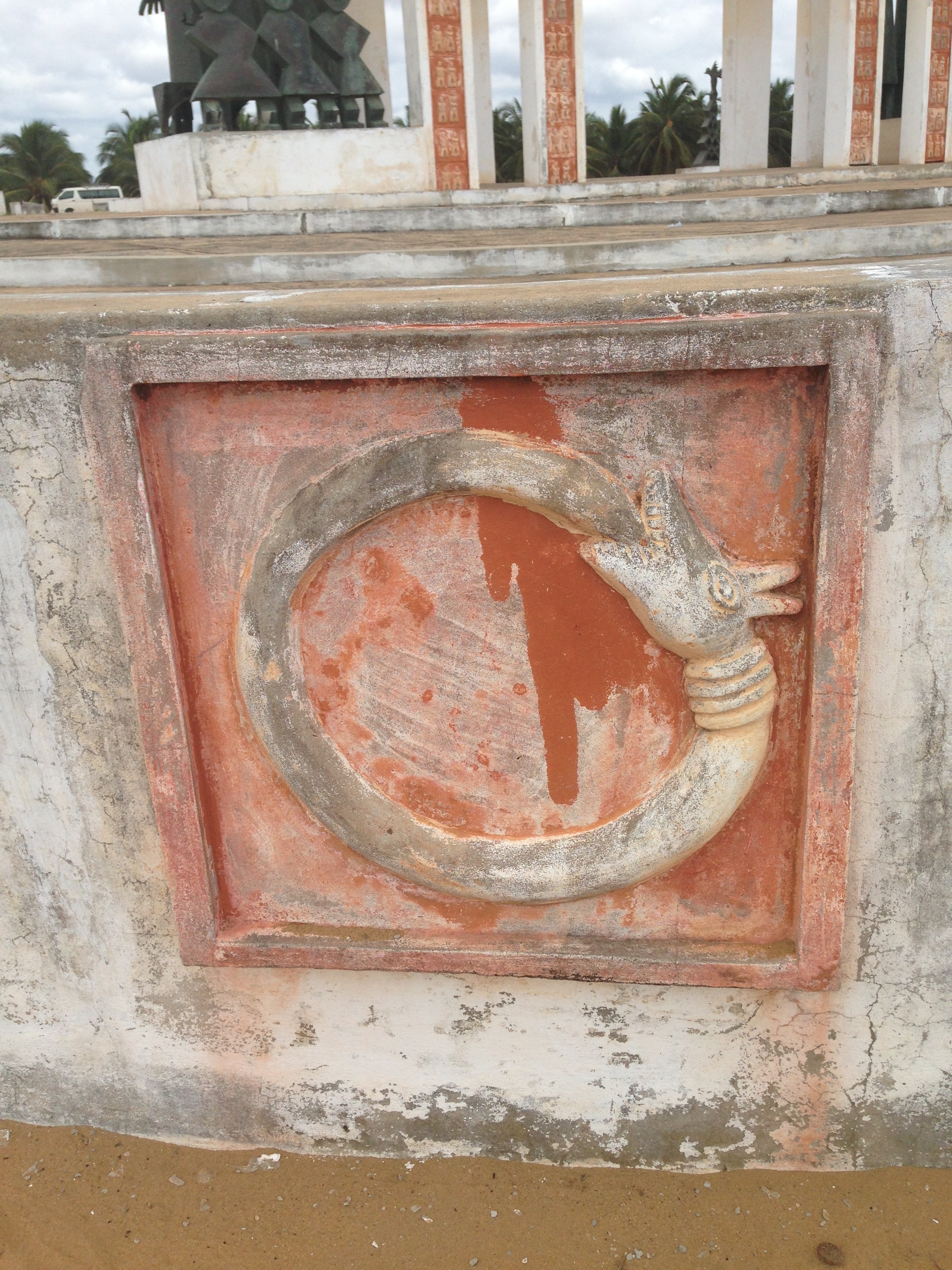

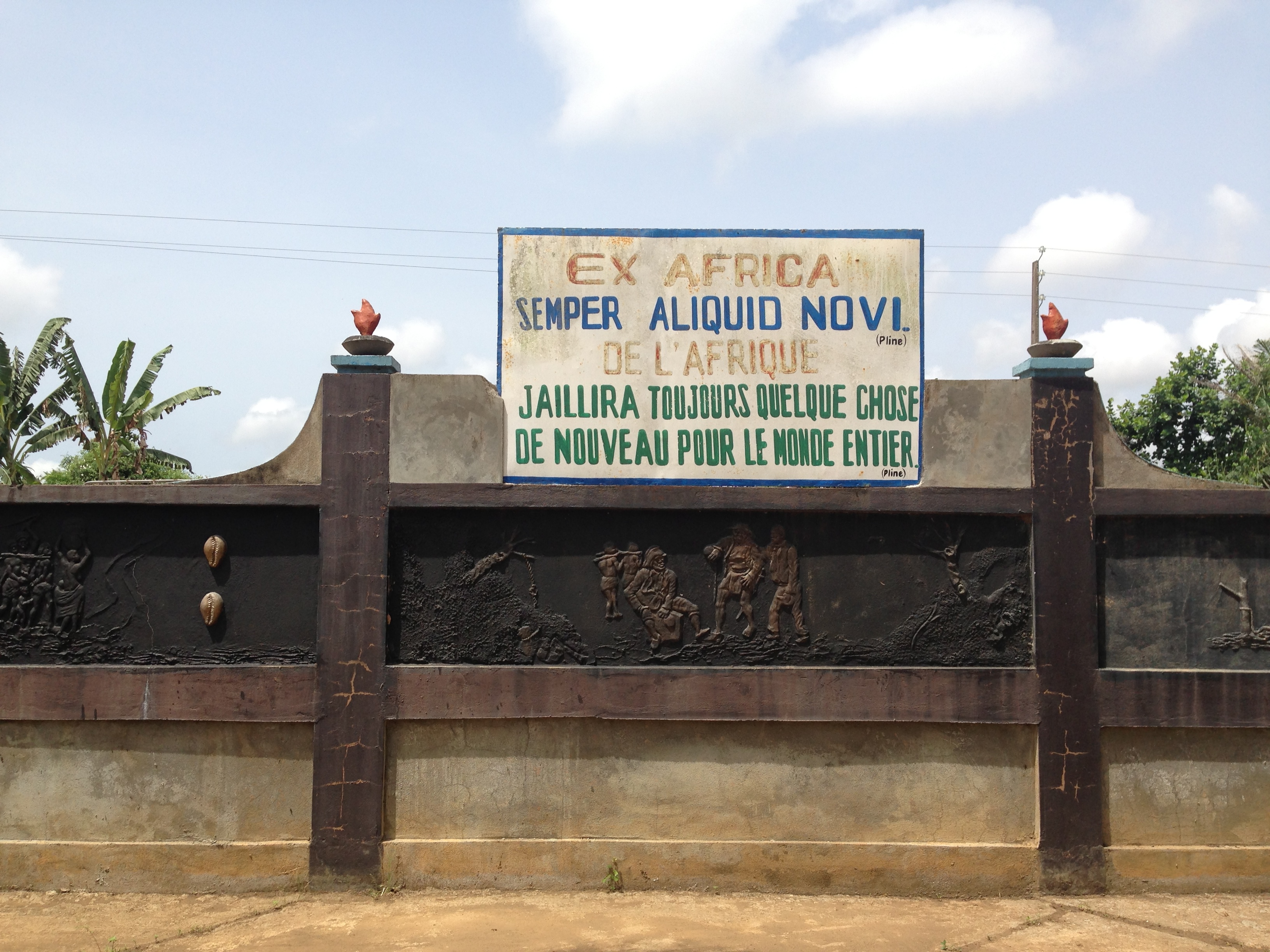
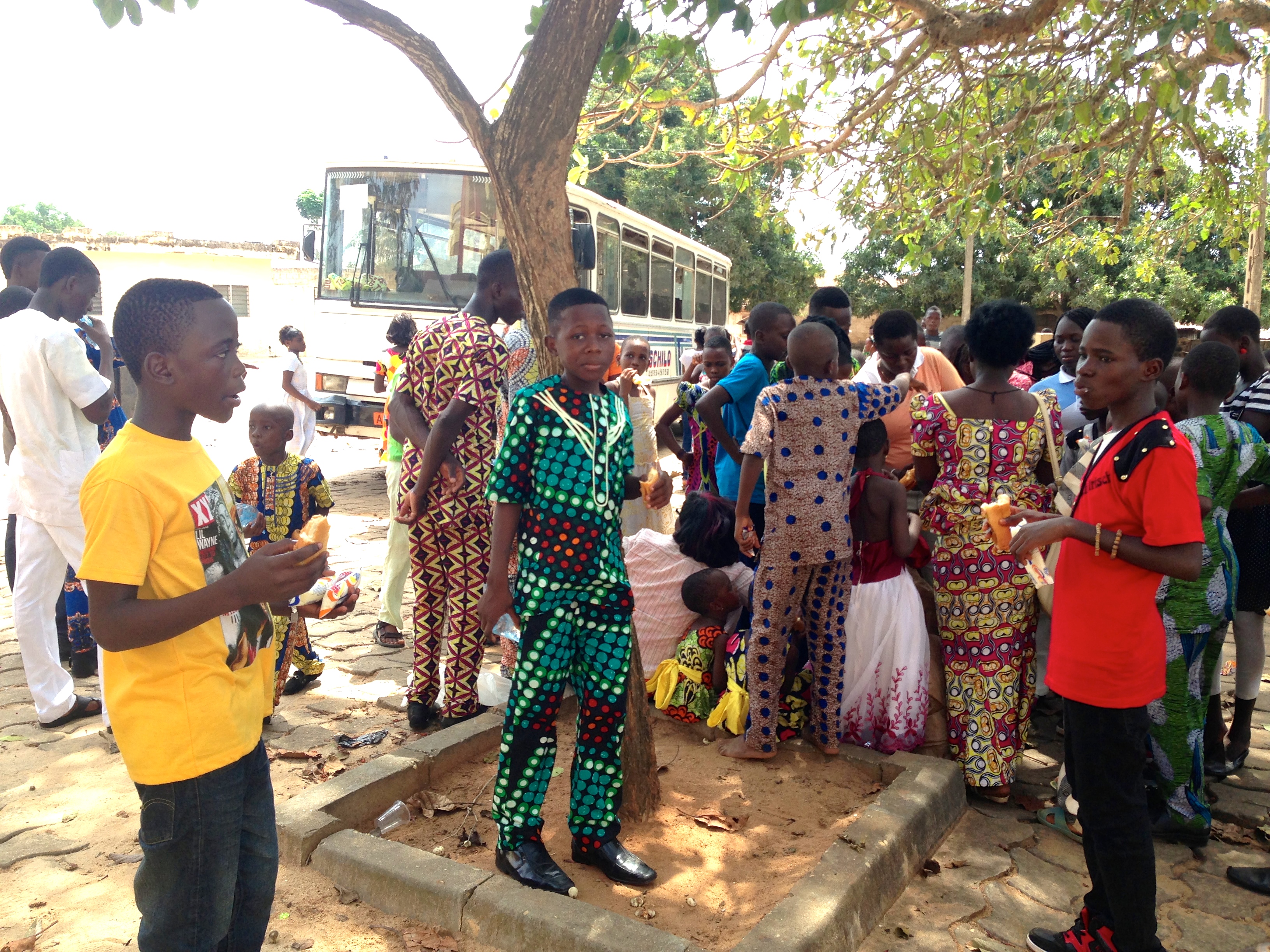
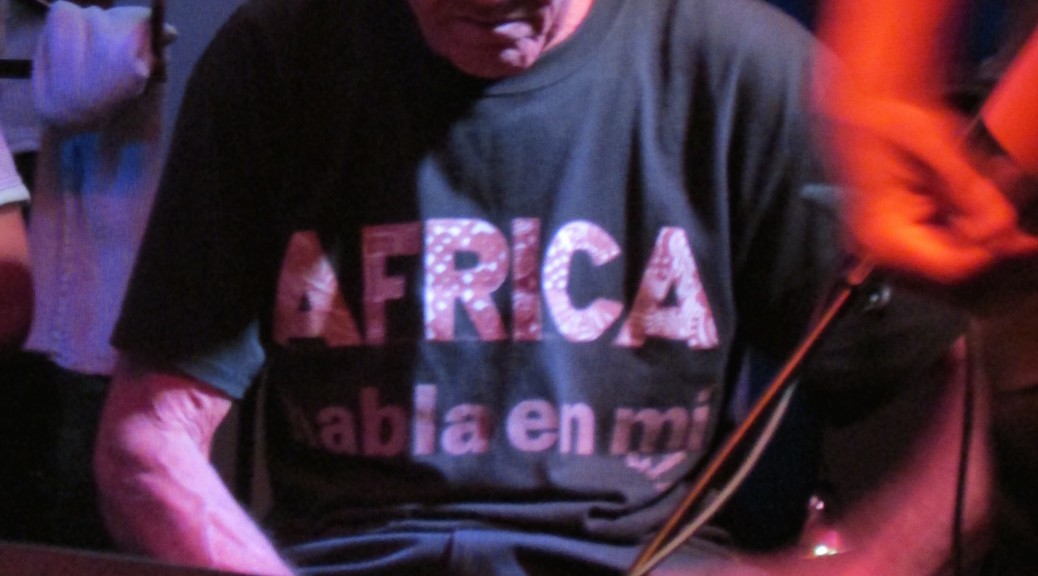
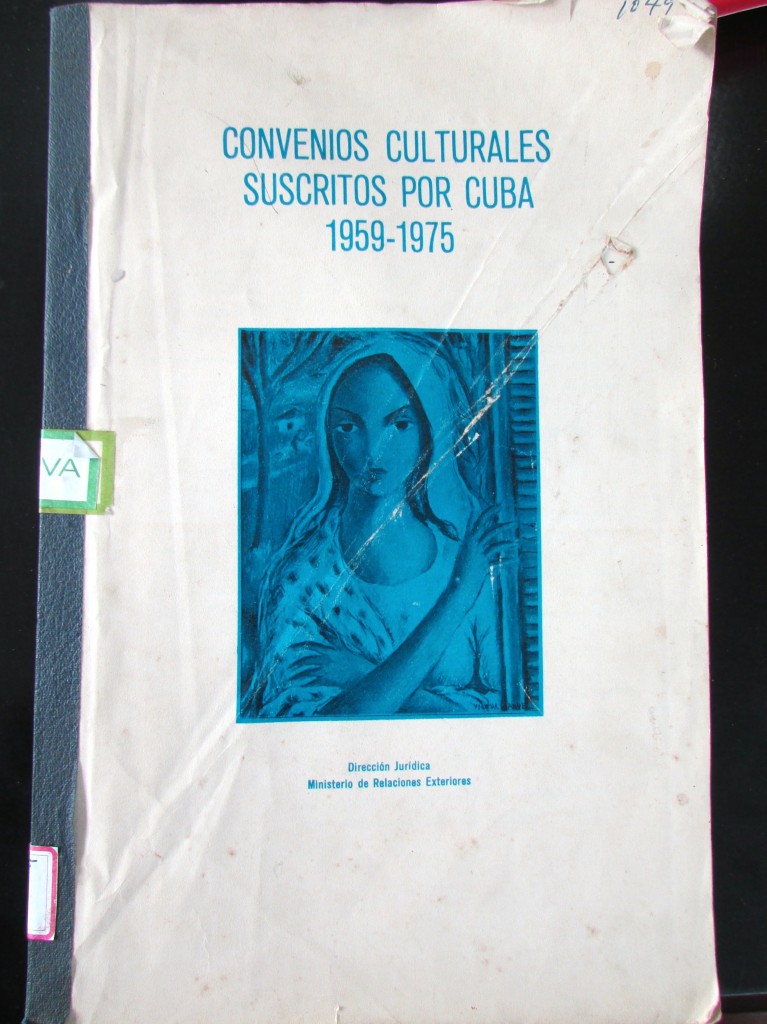
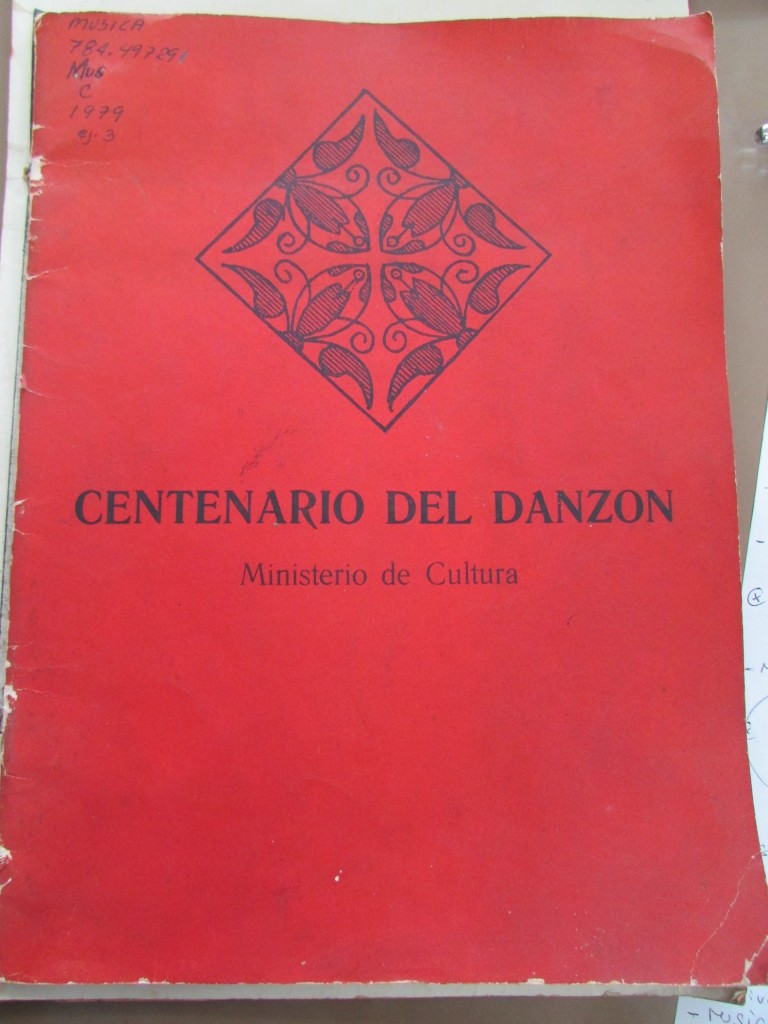
![Photo 3 - Rumba at Callejon de Hamel[1]](http://www.modernmoves.org.uk/wp-content/uploads/Photo-3-Rumba-at-Callejon-de-Hamel11.png)
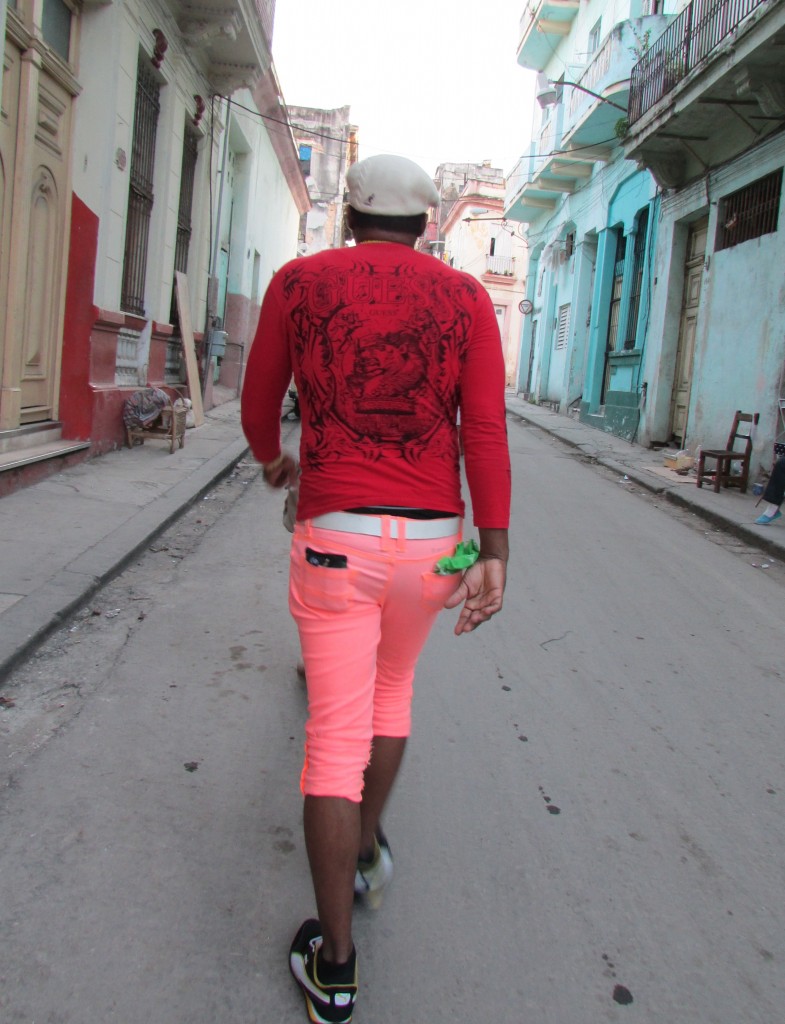
![Photo 5- Altar for Yemaya[1]](http://www.modernmoves.org.uk/wp-content/uploads/Photo-5-Altar-for-Yemaya1-739x1024.jpg)
![Photo 6[2]](http://www.modernmoves.org.uk/wp-content/uploads/Photo-62-1024x768.jpg)
![Photo 7- Africa habla en mi[1]](http://www.modernmoves.org.uk/wp-content/uploads/Photo-7-Africa-habla-en-mi1-790x1024.jpg)
